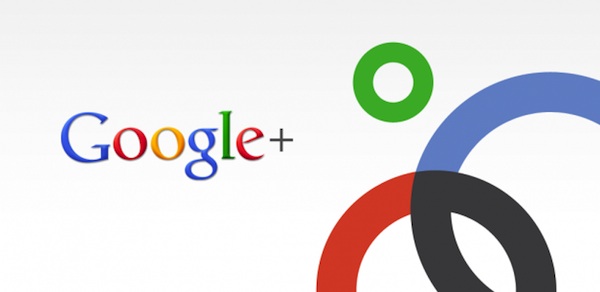At first glance the hangouts or stay at Google + does not seem to attach to the tool, are like a feature added at the last minute. But then you end up realizing that this form of videoconferencing is extremely similar to placing a post and receive written responses. After 5 chats you think about the technological and conceptual genius behind the hangouts. You can chat openly with anyone who will follow in Google +, you can chat with a particular circle, or an individual. The maximum possible is 10 people, and the dynamics are highly fluid, both from standpoint of videoconferencing software, such as the involvement of your classmates talk.

It's amazing what you can achieve from your browser. The tool has virtually no delay, despite the terrible bandwidths that we have in South America. The talk is very fluid, and to be a first version, everything is very well made and fitted. When someone talks is placed on the big screen, so it moves the "role" of the talk, depending on the participation of each person. The use that we can give to this feature of Google + is varied, depends to some extent of our creativity. Here we offer 10 chances to get a full game.
1. Teaching. Is a more than evident. A teacher could organize a circle of students and teach courses to a maximum of 10 students at a time. Can be used for mentoring work with several postgraduate students. The same can work for small issue webinars. After completing any talk is a post on Google +, where you can ask questions, contribute to the conference or class, and so on.
2. Conducting job interviews. You can create a circle of candidates for office, and begin interviews with Hangout. You can group interviews, or individual. Still, after every conversation you have left a post in which you can ask the candidate to provide more data on their performance in previous jobs or other information you need. These posts are private, the circle or individual that was performed.
3. Provide technical support and customer service. You can create a post on Google + in which it indicated times at which you can make one left to resolve problems or concerns. You can have an open post in which to answer questions related to any product or service your company. If a message requires more support, you can start a videoconference with the person. It is important to remember that this tool is combined with everything that is Google +, should not be seen like a chat room isolation.
4. Set up a video surveillance system at home. A cheap way to create a small video surveillance system. It's an idea I saw on Lifehacker, and it is very interesting. It is not a definitive solution because it does a check Google + every 90 minutes if there are people or not any of the talks.
5. Rock concert for fans who have won a contest. Imagine you have a rock band, you want to reward your best fans, which are scattered around the world. How about doing an exclusive concert for 10 people?
6. Knowing your favorite author. You're a young writer, recently published your first book. You can use those left to tell your potential readers details the creative process. If you are a dedicated writer can exchange views and answer questions. You can devote 10 minutes to each group. It's how to sign books of the future.
7. Meetings. The same boring meeting every day, with 10 co-workers, and a bill for posterity in the comments of the post.
8. Make a news conference. Invited 10 journalists, talk with them a curfew. The press conference of the future. The questions are expanded in the post resulting from the left.
9. Perform a product launch. Google Launches + product, and give it to the top 10 coming into your talk. Sure you have some other ideas after reading this.
10. Play. Ever play mime? It is a good day to invite your friends, who were your city and return to those simple moments and fun.














